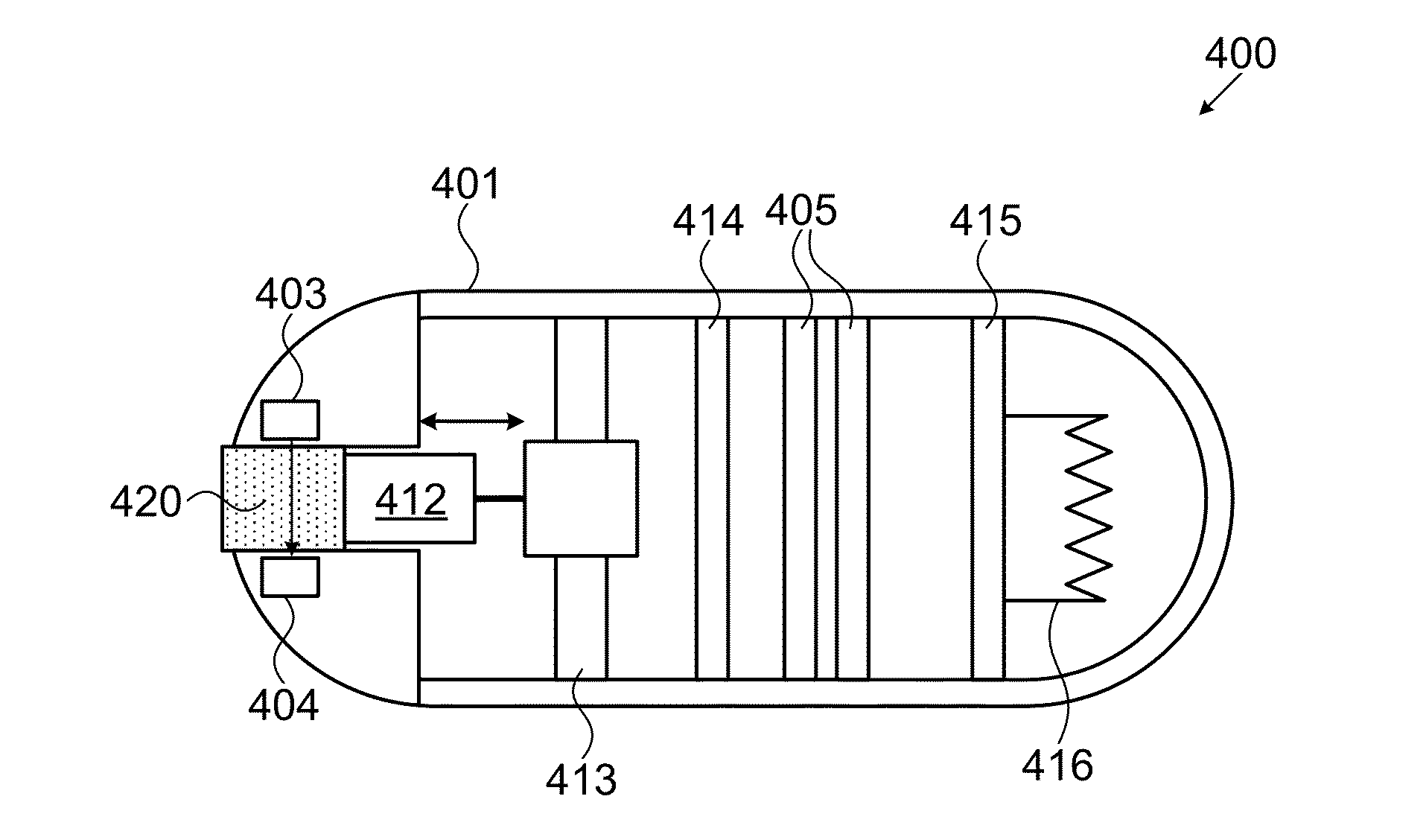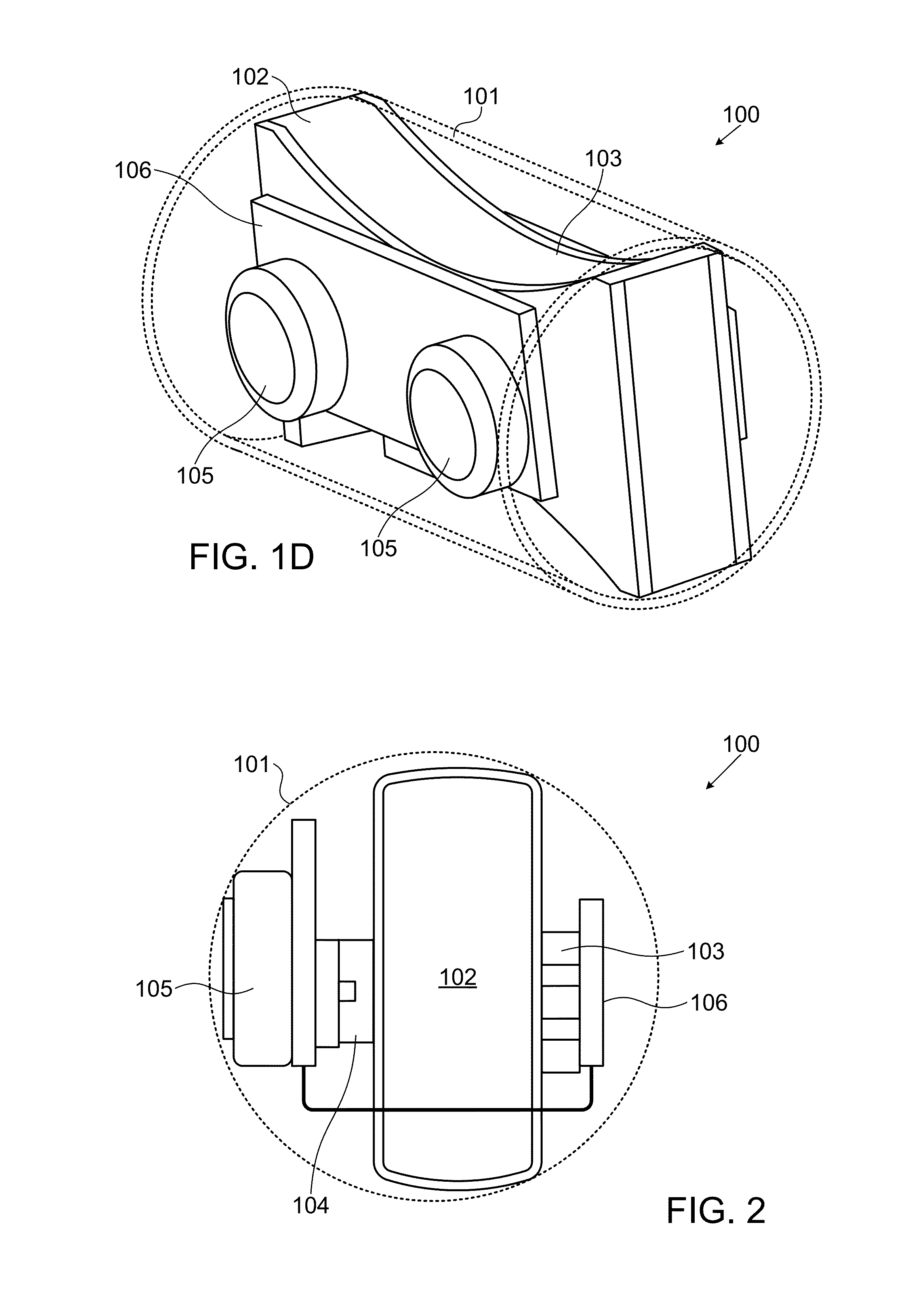Device, system and method for in-vivo detection of bleeding in the gastrointestinal tract
a technology of in-vivo detection and gastrointestinal tract, which is applied in the field of in-vivo devices, systems and methods for in-vivo detection of blood in the gastrointestinal tract fluids, can solve the problems of inefficiency of detection occult or overt bleeding, and devices that cannot be designed to efficiently detect the presence of small quantities of blood in the gastrointestinal fluids, etc., to achieve less noise, reduce the effect of particles flowing
- Summary
- Abstract
- Description
- Claims
- Application Information
AI Technical Summary
Benefits of technology
Problems solved by technology
Method used
Image
Examples
Embodiment Construction
[0116]In the following detailed description, numerous specific details are set forth in order to provide a thorough understanding of the invention. However, it will be understood by those skilled in the art that the present invention may be practiced without these specific details. In other instances, well-known methods, procedures, and components have not been described in detail so as to not obscure the present invention.
[0117]Reference is now made to FIGS. 1A-1C, which are schematic illustrations of a side-view, a front-view and a front-view cross-section, respectively, of an in-vivo device for detection of blood within in-vivo fluids, in accordance with an embodiment of the invention. As illustrated in FIG. 1A, device 10 may be an autonomous swallowable in-vivo device. Device 10 may comprise housing 11, which may have an elongated shape. Housing 11 may comprise a passage 2, which may pass through the longitudinal axis of housing 11. Passage 2 may begin at an opening at one end o...
PUM
 Login to View More
Login to View More Abstract
Description
Claims
Application Information
 Login to View More
Login to View More - R&D
- Intellectual Property
- Life Sciences
- Materials
- Tech Scout
- Unparalleled Data Quality
- Higher Quality Content
- 60% Fewer Hallucinations
Browse by: Latest US Patents, China's latest patents, Technical Efficacy Thesaurus, Application Domain, Technology Topic, Popular Technical Reports.
© 2025 PatSnap. All rights reserved.Legal|Privacy policy|Modern Slavery Act Transparency Statement|Sitemap|About US| Contact US: help@patsnap.com



